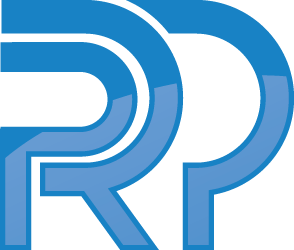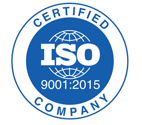Digital health is transforming patient care, diagnostics, and treatment through innovations like mobile health apps, software as a medical device (SaMD), and artificial intelligence (AI). Recognizing the rapid pace of digital health innovation, the FDA has issued several guidance documents to clarify its expectations and ensure safety, efficacy, and transparency in these products. This blog provides a concise summary of the most relevant FDA guidance documents on digital health and what they mean for developers and manufacturers.
1. Policy for Device Software Functions and Mobile Medical Applications
Key Takeaways:
- The FDA focuses regulatory oversight on software functions that pose the greatest risk to patient safety.
- Software functions that support general wellness, such as step counters or apps that do not claim to diagnose or treat medical conditions, are typically not regulated.
- Mobile apps that qualify as medical devices—e.g., those functioning as diagnostic tools or controlling connected medical devices—fall under FDA oversight.
Why It Matters:
This guidance helps developers determine if their software or app is subject to FDA regulations, streamlining compliance planning.
2. Software as a Medical Device (SaMD): Clinical Evaluation
Key Takeaways:
- Provides a framework for evaluating the clinical validity, analytical validity, and performance of SaMD.
- Emphasizes risk-based categorization to focus on SaMD that could impact clinical outcomes.
- Encourages transparency in evidence generation to ensure safety and performance.
Why It Matters:
This guidance aligns FDA expectations with international standards, making it easier for manufacturers to navigate global regulatory pathways.
3. Artificial Intelligence and Machine Learning (AI/ML)-Based Software as a Medical Device
Key Takeaways:
- Introduces the concept of a “Predetermined Change Control Plan” (PCCP), allowing manufacturers to update algorithms while maintaining safety.
- Focuses on a total product lifecycle (TPLC) approach, emphasizing post-market monitoring and real-world evidence.
- Highlights the importance of addressing bias and ensuring algorithm transparency.
Why It Matters:
AI/ML-based devices evolve over time, and this guidance provides a pathway for continuous improvement without requiring repeated regulatory submissions.
4. Cybersecurity in Medical Devices
Key Takeaways:
- Recommends integrating cybersecurity considerations throughout the product lifecycle.
- Outlines the need for a Software Bill of Materials (SBOM) to enhance transparency.
- Focuses on threat modeling, vulnerability management, and post-market monitoring.
Why It Matters:
With increasing reliance on connected devices, cybersecurity is crucial for patient safety. This guidance helps manufacturers address potential threats effectively.
5. Digital Health Technologies (DHTs) for Remote Data Acquisition in Clinical Investigations
Key Takeaways:
- Offers recommendations for selecting, validating, and implementing DHTs (e.g., wearable sensors, mobile apps) in clinical trials.
- Emphasizes data integrity, usability, and patient privacy.
- Encourages early engagement with the FDA to align expectations.
Why It Matters:
This guidance paves the way for leveraging DHTs in clinical trials, enabling more efficient and patient-centric data collection.
Implications for Industry Stakeholders
These guidance documents highlight the FDA’s commitment to fostering innovation while ensuring safety and effectiveness. Developers and manufacturers should:
- Engage Early with the FDA: Pre-submission meetings can clarify regulatory requirements and streamline development.
- Prioritize Transparency: Clear documentation of software functionality, clinical evidence, and cybersecurity measures is critical.
- Adopt a Lifecycle Approach: Continuous monitoring and updates are key, especially for AI/ML and connected devices.
Conclusion
As digital health continues to reshape healthcare, staying informed about FDA guidance is essential. By aligning with these frameworks, manufacturers can navigate regulatory pathways efficiently and bring innovative, safe, and effective products to market.
If you’re developing digital health solutions and need support with regulatory compliance, reach out to our team for expert guidance.


